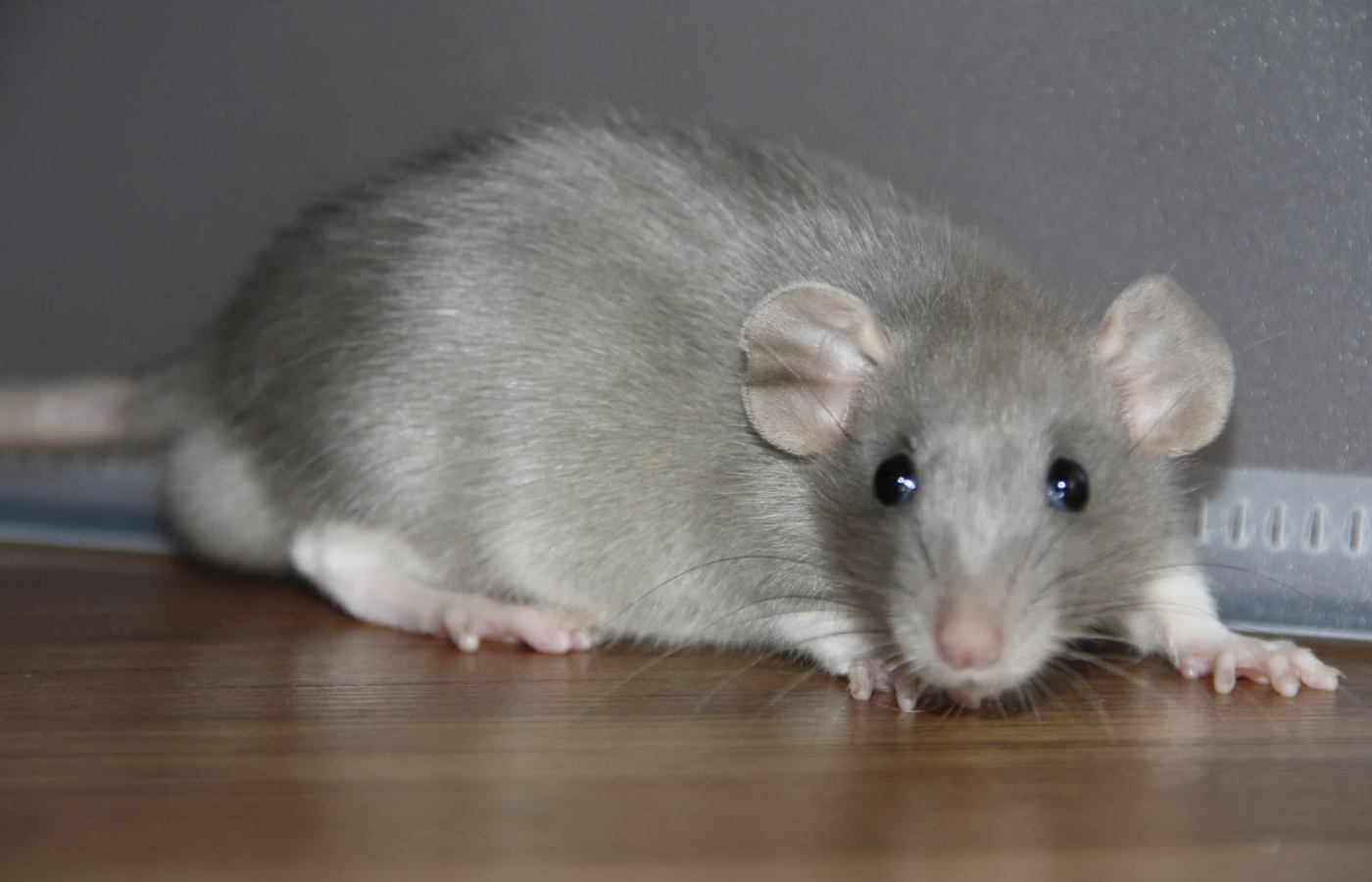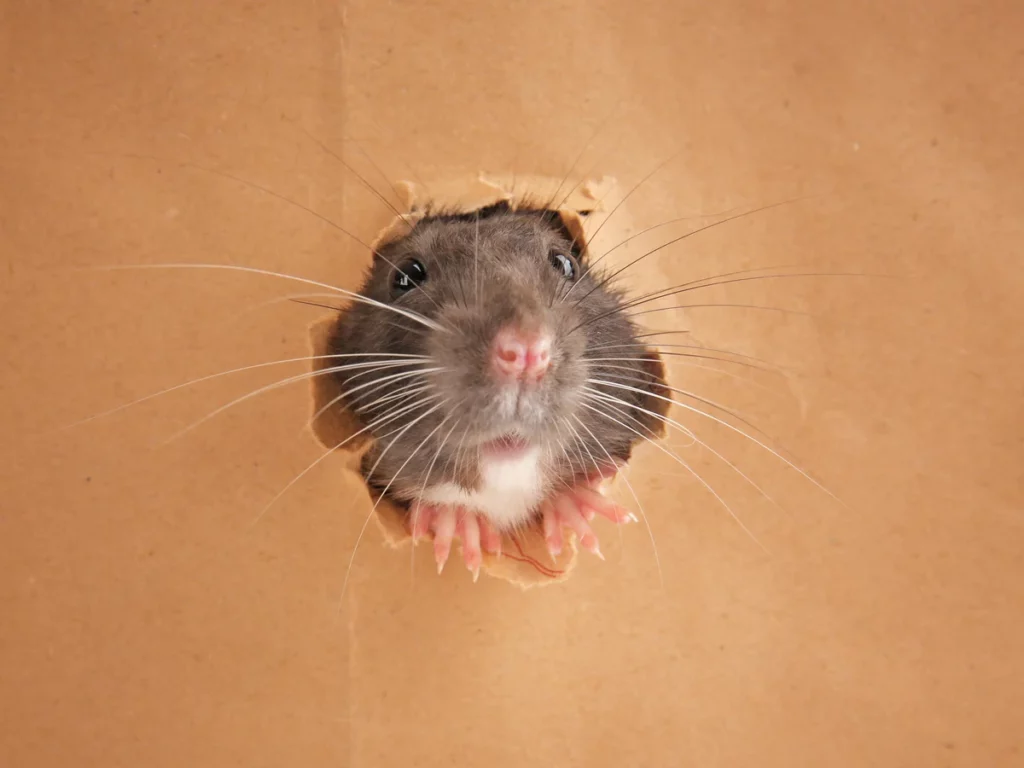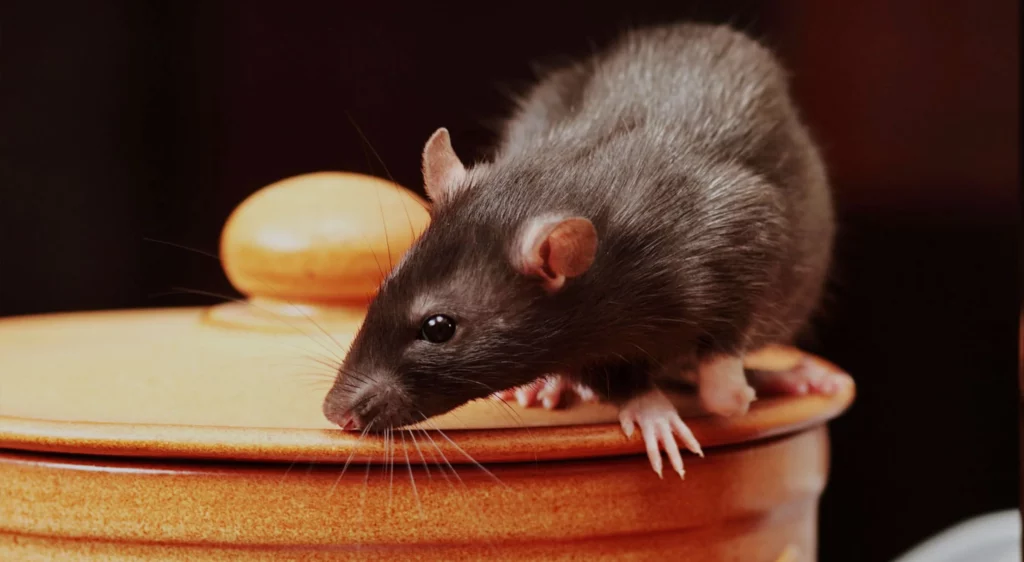What Are the Risks of Rat Infestations in Sydney Properties?
Rat infestations pose serious threats to both your health and property, making professional Rat Removal Sydney services essential for protecting your home or business. Understanding these rat infestation dangers helps you recognise why immediate action is crucial when dealing with rodent problems.
Health Risks That Rats Bring to Your Property
The health risks of rats extend far beyond the obvious hygiene concerns make rat removal sydney important. These rodents carry numerous diseases that can severely impact human health:
- Leptospirosis – transmitted through rat urine and can cause kidney damage, liver failure, and respiratory distress
- Hantavirus – spread through airborne particles from rat droppings and urine, potentially causing fatal respiratory illness
- Salmonellosis – contracted through contaminated food surfaces where rats have travelled
- Rat-bite fever – transmitted through bites or scratches from infected rodents
Rats contaminate food preparation areas, leaving behind bacteria-laden droppings and urine that create ongoing health hazards for your family or employees.
Property Damage from Rodent Activity
Property damage from rodents can be extensive and costly. Rats possess strong teeth that grow continuously, driving them to gnaw on various materials:
- Structural damage occurs when rats chew through wooden beams, insulation, and drywall
- Electrical hazards develop as rats gnaw on wiring, potentially causing fires or power outages
- Plumbing issues arise when rodents damage pipes and water lines
- Contaminated storage areas result from rats accessing and destroying stored goods
The combination of health risks and property damage makes professional intervention the most effective solution for Sydney property owners facing rodent problems.
How Can You Identify a Rat Infestation in Your Sydney Home or Business?
Signs of a rat infestation become apparent when you know exactly what to look for during your property inspection. Rats leave distinct evidence of their presence that trained eyes can easily spot.

Look for These Signs of Rat Activity
- Rat droppings: Fresh droppings appear dark brown or black, measuring approximately 12-18mm in length with pointed ends. You’ll typically find these pellets along walls, near food sources, and in areas where rats travel regularly. Older droppings become grey and crumbly when disturbed.
- Gnaw marks: These rodents constantly chew to keep their teeth sharp, leaving behind distinctive marks on wood, plastic, and even soft metals. Fresh gnaw marks appear light-coloured, whilst older marks darken over time.
- Noises indicating rodents: You might hear scratching, scurrying, or squeaking sounds coming from wall cavities, ceiling spaces, or beneath floorboards during quiet evening hours.
- Grease marks along walls: Rats often leave behind greasy smudges on surfaces they frequently travel across.
- Damaged food packaging: Check for signs of torn or chewed packaging in your pantry or food storage areas.
- Unusual pet behaviour: Your pets often detect rodent presence before visible signs appear, displaying increased alertness or agitation in specific areas.
Key Areas to Inspect for Rat Infestation
Make sure to thoroughly check the following locations:
- Dark corners and crevices
- Behind kitchen appliances and refrigerators
- Pantry areas and food storage zones
- Attics, basements, and crawl spaces
- Garage areas and storage rooms
- Along skirting boards and wall junctions
What Steps Do Professionals Take to Inspect Properties for Rats?
The professional rat inspection process begins with a systematic evaluation of your entire property, both interior and exterior areas. Qualified pest control experts conduct comprehensive assessments that go far beyond what homeowners typically notice during casual observation.
Entry Point Examination
Licensed professionals start by examining entry points around your property’s perimeter, checking for:
- Gaps in foundations
- Damaged roof tiles
- Compromised ventilation systems
They scrutinise areas where utility lines enter buildings, as rats commonly exploit these access routes.
Advanced Rodent Detection Methods
Rodent detection methods used by experts include advanced technological tools that provide accurate identification:
- Thermal imaging cameras detect heat signatures from rat colonies hidden within wall cavities
- Motion-activated cameras capture nocturnal rat activity patterns
- UV lights reveal urine trails invisible to the naked eye
- Baited monitoring stations help determine population density and movement patterns
Detailed Documentation of Findings
Professional inspectors document their findings with detailed reports, photographing evidence and mapping infestation hotspots throughout your property. They measure droppings to identify rat species, examine gnaw marks to assess colony age, and evaluate nesting materials found in secluded areas.
Assessment of Potential Attractants
The inspection extends to potential food sources, water access points, and harbourage areas that attract rats. Professionals assess structural vulnerabilities, identifying weak points in your property’s defences that require immediate attention. This thorough approach ensures no aspect of the infestation goes undetected, forming the foundation for targeted treatment strategies.
Which Rat Removal Methods Are Most Effective According to Experts?
Effective rat removal techniques used by professionals in Sydney vary based on the specific circumstances of each infestation. The most proven methods include strategic baiting systems, snap traps, and exclusion techniques that address both immediate elimination and long-term prevention.
1. Baiting Stations
Baiting stations remain the cornerstone of professional rodent extermination methods. Licensed technicians position tamper-resistant stations containing rodenticides in strategic locations where rats frequently travel. These stations protect children and pets whilst ensuring rats consume lethal doses of bait.
2. Snap Traps
Snap traps offer immediate results for smaller infestations. Professionals place these devices along established rat runways, using appropriate attractants like peanut butter or dried fruit. You’ll find experts prefer this method when dealing with single rats or when clients request non-toxic solutions.
3. Exclusion Methods
Exclusion methods complement elimination techniques by sealing entry points with steel wool, concrete, or specialised mesh materials. This approach prevents new rats from entering whilst existing populations are being eliminated.
The choice between methods depends on several critical factors:
- Infestation severity – larger populations require comprehensive baiting programmes
- Property type – residential homes may favour snap traps over commercial buildings
- Safety requirements – homes with children or pets need tamper-resistant solutions
- Timeline expectations – urgent situations may require multiple simultaneous methods
Licensed professionals assess these variables during their initial inspection to develop customised treatment plans that maximise effectiveness whilst maintaining safety standards.
How Do Pest Control Experts Ensure Safety During Rat Extermination Treatments?
Professional pest control experts implement comprehensive safe practices during rat removal treatments to protect both residents and their beloved pets throughout the entire process. Licensed technicians begin by conducting detailed risk assessments, identifying areas where children and animals frequently spend time before selecting appropriate treatment methods.
Human Safety Protocols:
- Temporary relocation of occupants from treatment zones during active procedures
- Use of tamper-resistant bait stations positioned away from high-traffic areas
- Clear marking and documentation of all treatment locations
- Provision of detailed safety instructions to property owners
Pet Protection Measures:
- Secure placement of rodenticides in locked, pet-proof containers
- Strategic positioning of traps in areas inaccessible to domestic animals
- Use of non-toxic alternatives when pets cannot be temporarily relocated
- Thorough post-treatment inspections to ensure no hazardous materials remain accessible
Qualified professionals always wear appropriate protective equipment and follow strict handling procedures for all chemicals and devices. You receive comprehensive briefings about which areas to avoid during treatment periods, ensuring your family’s wellbeing remains the top priority throughout the rat elimination process.

What Preventative Measures Can You Implement After Rat Removal?
Post-rat removal prevention tips become your first line of defence against future infestations. Immediately after professional treatment, seal entry points by focusing on gaps around pipes, vents, and foundation cracks using steel wool and caulk.
Food storage requires immediate attention. Store all food items in airtight containers made of glass or metal, as rats can easily chew through plastic packaging. Clean up crumbs and spills promptly, paying special attention to pet food areas.
Moisture control plays a crucial role in prevention. Follow this brief guide on mold, moisture, and your home for effective strategies:
- Fix leaky pipes and taps
- Improve ventilation in damp areas
- Remove standing water sources
- Clean gutters regularly
Garden maintenance prevents outdoor harbourage. Trim vegetation away from your property’s exterior walls, remove fallen fruit, and store firewood at least 20 feet from buildings. You should also maintain a tidy yard without debris piles. For expert advice on yard maintenance tasks, consider exploring reliable gardening resources.
Implementing these CDC recommended measures to prevent rodent infestations can significantly reduce the risk of a new infestation. Regular monitoring helps detect early signs of re-infestation; check previously affected areas monthly for fresh droppings or gnaw marks. Professional follow-up inspections ensure your preventative measures remain effective long-term.
Why Is It Important to Choose Licensed Professionals for Rat Control in Sydney?
The importance of hiring licensed pest controllers for rats cannot be overstated when dealing with Sydney’s challenging urban environment. Licensed professionals bring expertise that goes beyond simple trap placement – they understand rat behaviour patterns, breeding cycles, and the specific challenges posed by Sydney’s climate and building structures.
Qualified experts provide several critical advantages:
- Proper chemical handling – Licensed controllers know how to safely apply rodenticides without endangering your family or pets
- Comprehensive treatment plans – They address both current infestations and future prevention strategies
- Legal compliance – Professional services meet Australian health and safety regulations
- Insurance protection – Licensed operators carry liability insurance, protecting you from potential damages
You gain long-term peace of mind knowing that health risks from disease transmission are properly managed through professional-grade sanitation protocols. Licensed professionals also identify structural vulnerabilities that untrained individuals might miss, preventing costly property damage from recurring infestations.
Effective pest control requires specialised knowledge, proper equipment, and ongoing support – benefits that only qualified experts can deliver consistently.
Related : Rodent Removal Sydney: Protecting Properties from Costly Damage
FAQ’s on Professional Rat Removal
Rat infestations pose significant health risks, including the transmission of diseases such as Leptospirosis, Hantavirus, Salmonellosis, and Rat-bite fever. These diseases can lead to severe illnesses like kidney damage, respiratory distress, and food poisoning, making it essential to address infestations promptly.
Rats can cause extensive property damage, including chewing through structural elements like wood and drywall, damaging electrical wiring (which can lead to fires), and compromising plumbing systems. Additionally, rats can ruin stored goods and contaminate food preparation areas, escalating repair costs and safety concerns.
Signs of a rat infestation include droppings, gnaw marks on materials, scratching or scurrying noises at night, grease marks along walls, damaged food packaging, and unusual behavior from pets. Regular inspections of areas like kitchens, attics, and basements can help detect the presence of rats early.
Professional inspectors conduct thorough evaluations of both the interior and exterior of the property. This includes checking for entry points like gaps in foundations, roof tiles, and utility lines. They also use advanced tools such as thermal imaging cameras, motion-activated cameras, and UV lights to detect hidden infestations.
Rat removal methods include baiting stations, snap traps, and exclusion techniques. Baiting stations use tamper-resistant containers filled with rodenticides, while snap traps offer immediate results for smaller infestations. Exclusion methods involve sealing entry points to prevent future infestations
Pest control experts prioritize safety by implementing human and pet protection protocols. These include using tamper-resistant bait stations, strategically placing traps in inaccessible areas, and temporarily relocating residents or pets from treatment zones. They also wear protective equipment and follow strict safety procedures when handling chemicals.
To prevent future infestations, seal entry points around pipes, vents, and cracks with steel wool and caulk. Store food in airtight containers, clean up crumbs and spills promptly, and control moisture by fixing leaky pipes and improving ventilation. Regular yard maintenance and trimming vegetation around the property also help deter rats.
Licensed pest control professionals bring specialized knowledge of rat behavior and local conditions, ensuring effective treatment. They use proper equipment, safely apply rodenticides, and follow legal health and safety guidelines. Additionally, licensed experts offer insurance protection and long-term solutions to prevent recurring infestations.
If you can’t hire a professional right away, it’s essential to minimize food and water access for rats. Store food in sealed containers, clean up food waste promptly, and block potential entry points as much as possible. You can also set up temporary traps and monitor for signs of rat activity.
After rat removal, it’s recommended to schedule follow-up inspections at least once every 3 to 6 months to ensure that your property remains rat-free. These inspections will help detect any early signs of re-infestation and ensure that your preventative measures are still effective.

